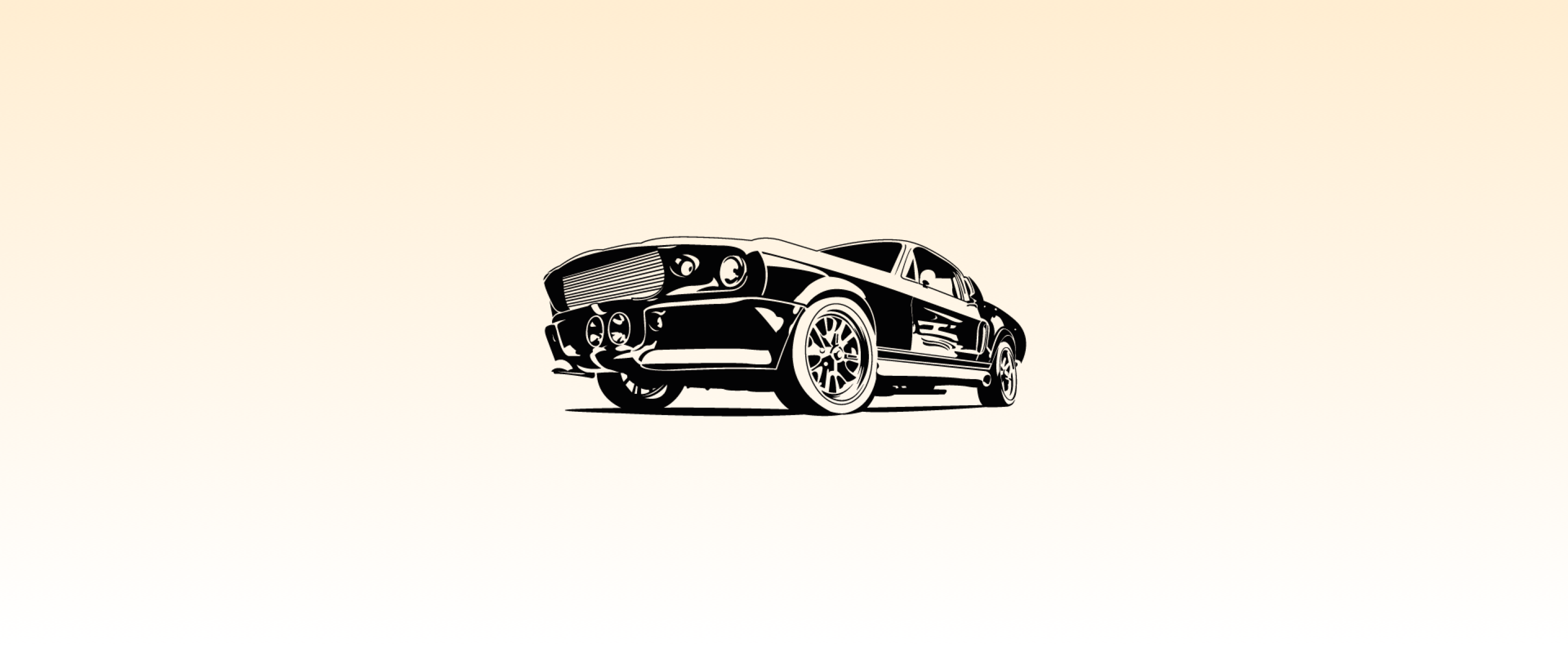

There are teams at Ford that work on current production lines - Fiesta, Explorer, F-150. They look at how to build features for different vehicle platforms across the world. Then there is Ford Research, with teams that work on future features. Research doesn’t worry about cross-platform integration or internationalization. We focus on ideation, new technologies, and envisioning the car as a connected device in the IoT world.
As my first job out of college, I worked at Ford Research and Advanced (R&A) in Dearborn, Michigan, USA. I was right out of college and I joined the team to design the UI for our latest features and test them with users on the road.
My role was to start with a project plan and storyboard, wireframe, and mockup the UX and UI of the feature. Often it was cross-platform, floating between the user’s phone and the vehicle screen. Once we ran through the experience as a team, I did some UI software development in Qt and build a prototype that we could place in the vehicle. I also wrote some back-end code to connect the vehicle signals to the UI. Finally, I recruited and interviewed users with the prototype, gathered feedback and iterated on the design.
Currently, I am unable to go into project details since my work is Ford Confidential. The following section describes my skillset and development from a personal standpoint. The information does not unveil any Secret, Confidential, or Proprietary information for Ford and this isn't an official Ford communication.
Team bonding matters
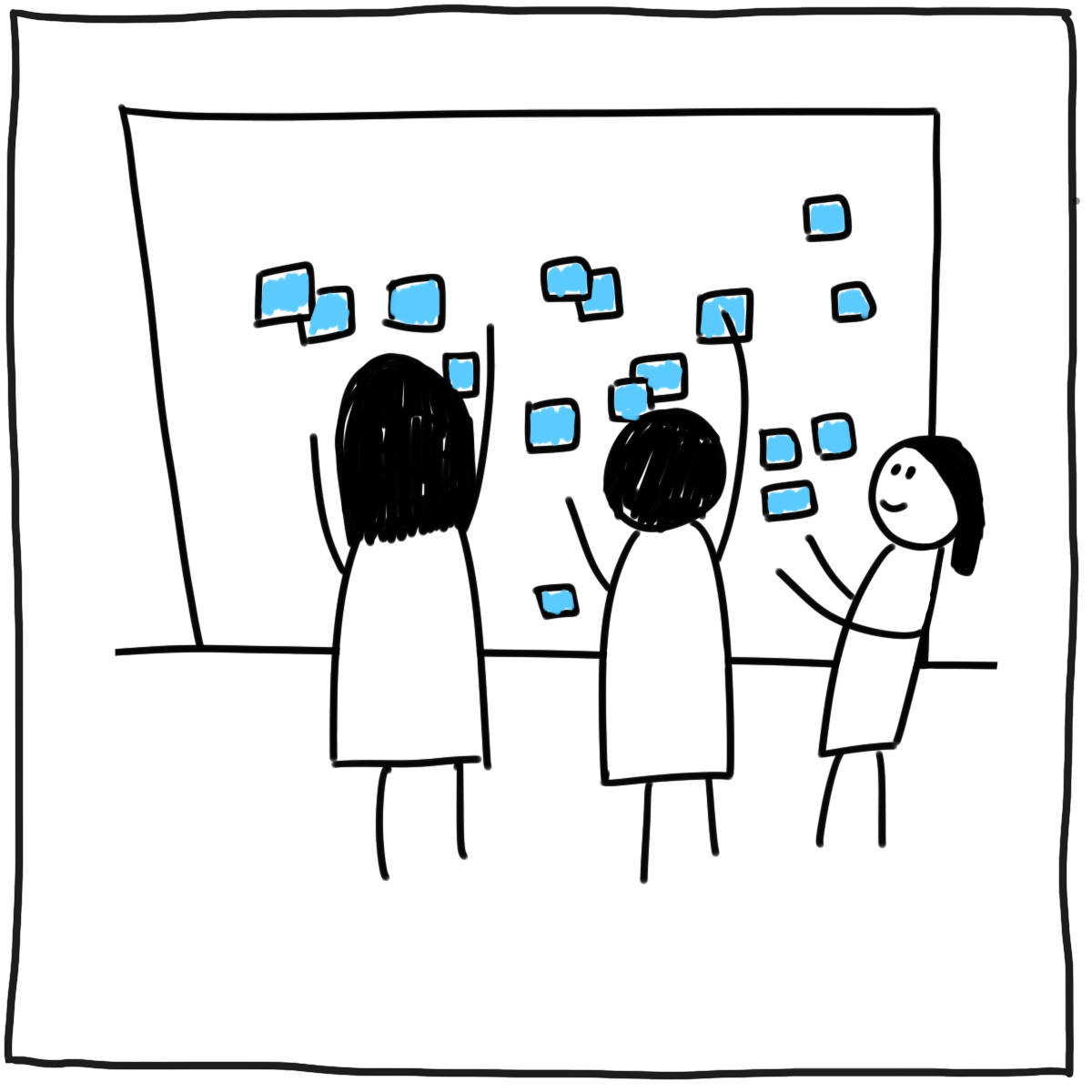
Recently I designed, organized, and led our department's first Ideation Session. Everything was done with post-its and sharpies. I learned that we needed to step away from our desks for a while and engage with one another. I learned that when we get together and brainstorm in teams, we encourage, inspire, learn, and humor each other. At the end of the day, our department got to know each other and now people reach out for knowledge sharing. I think that's one of the best outcomes of the session.
How to work within the structure
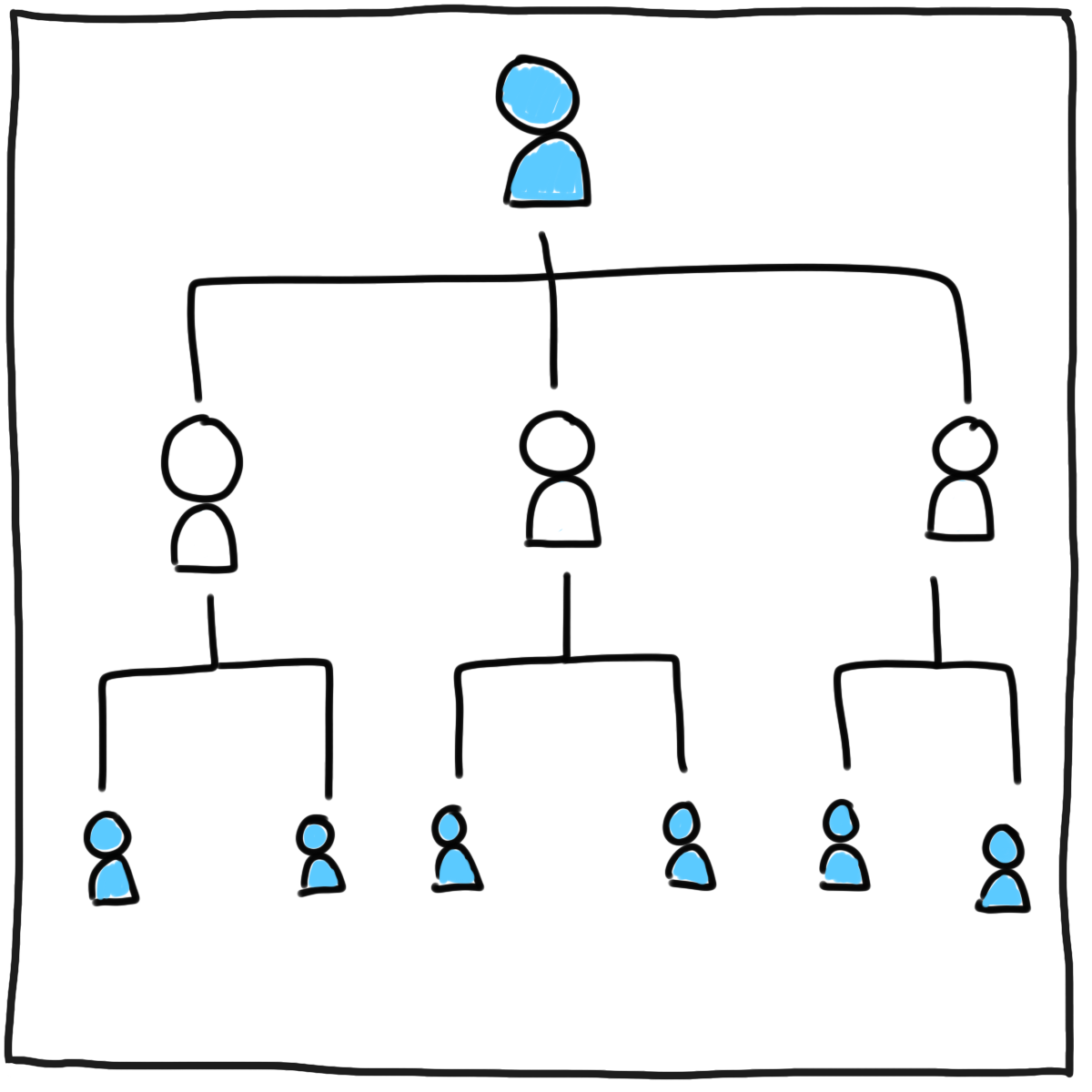
Not everyday do you get to work in one of the world's well-known brands. With many cars come many employees. Thousands of people have to be managed across systems, regions, vehicle platforms, and technologies at Ford. At some point, yes there was some bureaucracy. But I learned to understand how to quickly learn, adapt, and utilize the different processes at Ford. If something can be made better, I try it out. If I am able to introduce a new process, I try to evangelize it.
A/B testing
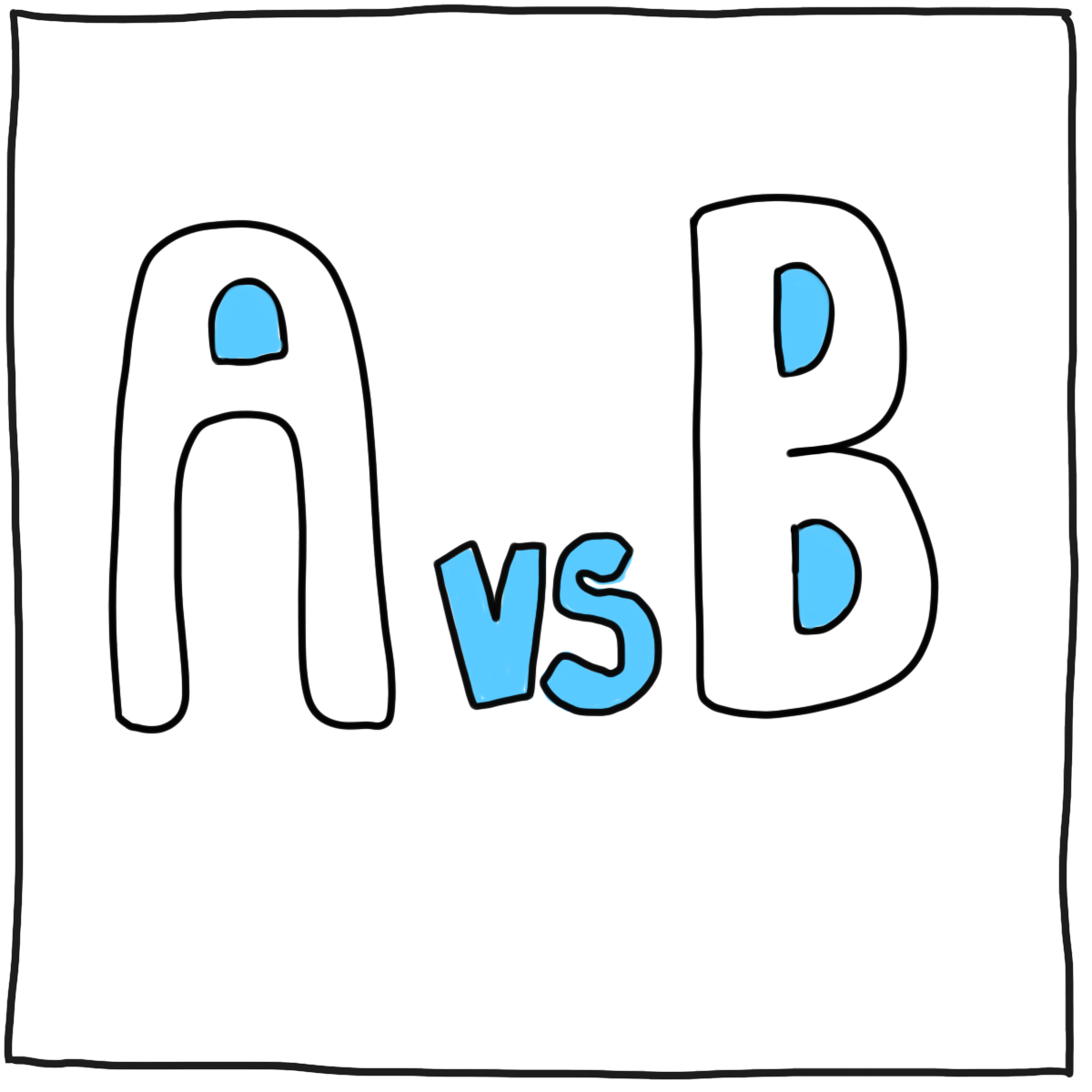
In Research, we’re all about testing a spread of concepts. Content, placement, and copy vary vastly between prototypes. We want users to openly discuss and react to our prototypes and even help us co-design new versions that better fit their needs. The A/B testing process in research is more aggressive, open-ended, exploratory. It's all about the big differences.
In-vehicle and out-of-vehicle
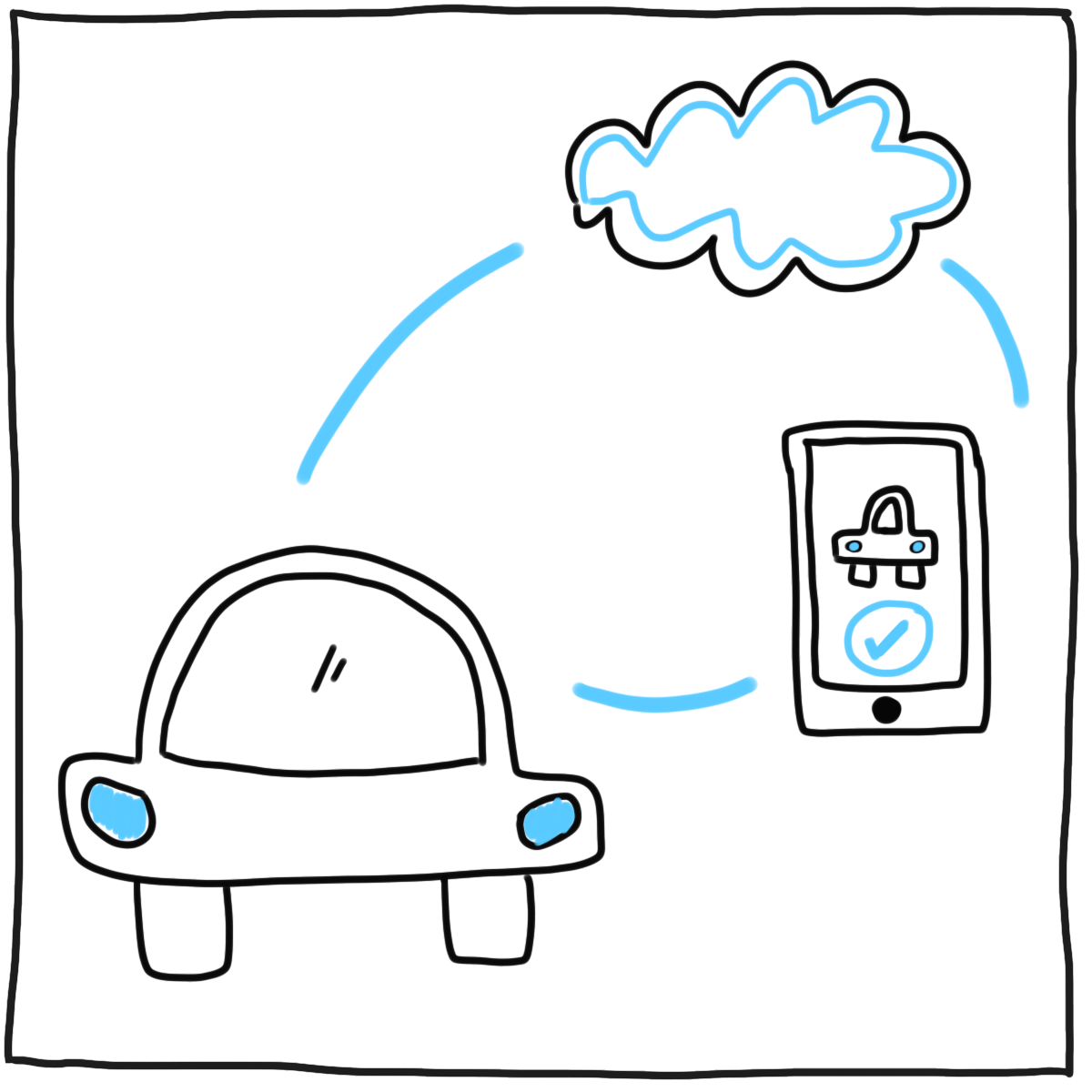
Often, it's important to figure out whether we, as a car company, should work on a feature. It's important that we test features inside and outside the vehicle to best understand how it fits into a user's life. Sometimes a feature is too late in a user’s journey if they are already sitting in the car. Maybe it needs to be activated on-approach or while the user is still in their house. Sometimes, the best place for the feature is on the phone, and not in the car.
HTML, CSS, Bootstrap, AngularJS
I was a beginner in web development in college. Once I came to Ford, the push for rapid prototyping meant that I've been practicing. I notice a great benefit to building mobile websites with Bootstrap and AngularJS. We opened the webpage onto a phone, tablet, and even a vehicle screen. Using external APIs, we populated the prototype with real user data.
Embedded development in C, C#, and Qt/QML
It's important to connect the feature to the vehicle too. Working in embedded frameworks allowed us to build UIs, connect to the cloud, as well as access the vehicle CAN network to monitor signals. The vehicle CAN network tells you when a driver is pressing on the gas, or put the car into park, or if the climate control turned on. Part of the job was to think about how the vehicle status can be used to make the car smarter, the cloud smarter, and in turn, help the driver.
Six-sigma surveys and user testing
Working in Research meant that I had the freedom to test with users - mostly internal employees. To understand general human behaviors, I conducted company-wide surveys on driver mindsets and got thousands of responses. To test a certain prototype, I conducted smaller usability clinics with 10-15 people. The method would depend on the question I’m trying to answer.
Working at Ford was an interesting and challenging experience. Every project had a lot of stakeholders and every vehicle line was planned 5 years down the line! All this planning actually helped me. I learned how to write a project plan, involve stakeholders, maintain prototype versions, mix design and engineering. I was able to add value to our team as well, by introducing the human element to our work. I helped everyone conduct user studies and validate that the features we build are usable for the future. Thank you Ford, thank you blossoming city of Detroit!